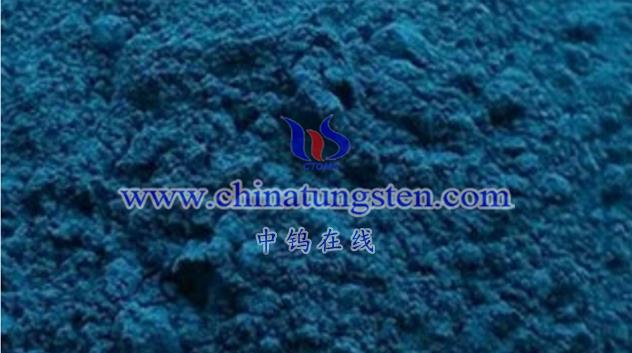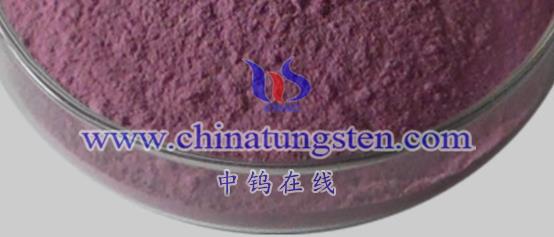
Surface oxygen vacancies in tungsten oxide (WOₓ, where x indicates the number of oxygen atoms) refer to vacancies or defects caused by the absence of oxygen atoms (or oxygen ions) in the surface layer of the material. This phenomenon, common in semiconductor materials, especially metal oxide semiconductors, significantly impacts the material’s physical and chemical properties. Below are the key characteristics and effects of tungsten oxide surface oxygen vacancies:
Definition of Surface Oxygen Vacancies in Tungsten Oxide
- Oxygen Vacancy: Refers to the absence of oxygen atoms from their designated positions in the crystal lattice, forming a vacancy due to the loss of oxygen.
Formation of Surface Oxygen Vacancies in Tungsten Oxide
- Surface oxygen vacancies in tungsten oxide form when oxygen atoms are removed from the lattice due to external factors such as thermal treatment, reduction reactions, or other environmental conditions.
Effects of Surface Oxygen Vacancies on Material Properties
- Catalytic Properties
- Active Sites: Oxygen vacancies act as active centers that can adsorb and activate reactant molecules, enhancing catalytic efficiency.
- Photocatalysis: In photocatalytic reactions, surface oxygen vacancies facilitate the separation of photo-generated electrons and holes, extending the lifespan of charge carriers and improving photocatalytic performance.
- Electrical Properties
- Altered Electronic Structure: Oxygen vacancies modify the electronic structure of the material, influencing its conductivity and charge transport properties.
- Enhanced Carrier Concentration: They can increase the carrier density and improve the electrochemical activity of the material.
- Stability
- Chemical and Thermal Stability: A moderate amount of oxygen vacancies can improve the chemical and thermal stability of tungsten oxide. However, excessive vacancies may damage the structure and degrade performance.
Applications of Surface Oxygen Vacancies in Tungsten Oxide
Surface oxygen vacancies in tungsten oxide have broad applications, including:
- Photocatalytic Degradation of Organic Pollutants: Efficiently breaking down harmful substances under light irradiation.
- Water Splitting for Hydrogen Production: Using light energy to generate hydrogen and oxygen.
- Energy Storage Devices: Enhancing the performance of lithium-ion and aluminum-ion batteries.
By controlling the number and distribution of oxygen vacancies, it is possible to optimize the catalyst’s performance and stability.
Methods for Studying Surface Oxygen Vacancies
Techniques to analyze surface oxygen vacancies include:
- X-ray Photoelectron Spectroscopy (XPS): To determine the quantity and chemical environment of oxygen vacancies.
- UV Raman Spectroscopy: To detect vibrational modes associated with defect structures.
- Electron Paramagnetic Resonance (EPR): To identify unpaired electrons related to oxygen vacancies.
These methods provide insights into the number, distribution, and properties of oxygen vacancies, aiding in understanding their impact on material performance.
Conclusion
Surface oxygen vacancies in tungsten oxide are a crucial defect structure that significantly influences the material’s catalytic, electrical, and stability properties. By controlling the number and distribution of these vacancies, the performance of tungsten oxide materials can be tailored and optimized, expanding their application potential in diverse fields.
More details of tungsten oxide product, please visit website: tungsten-oxide.com
Please contact CHINATUNGSTEN for inquiry and order of tungsten oxide:
Email: sales@chinatungsten.com
Tel.: 86 592 5129595















